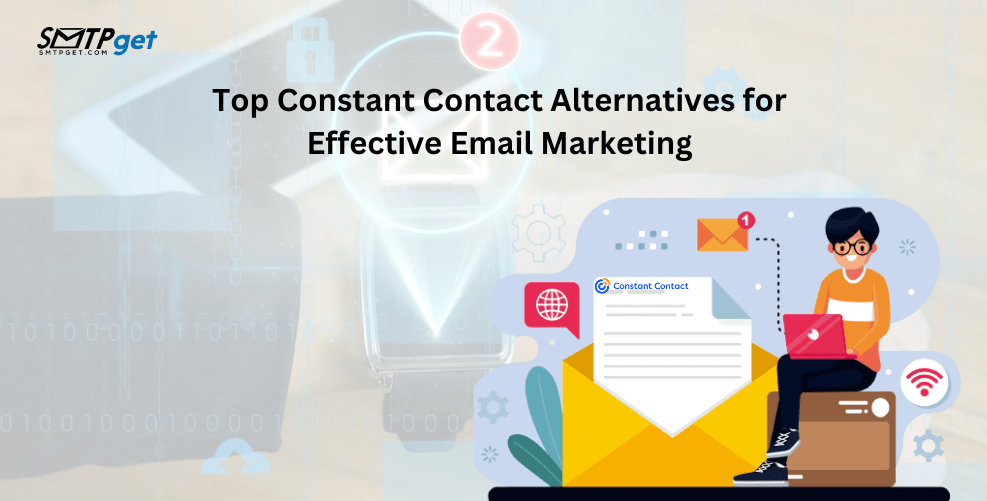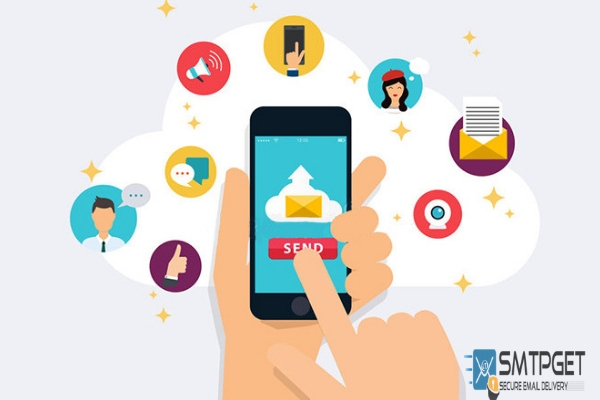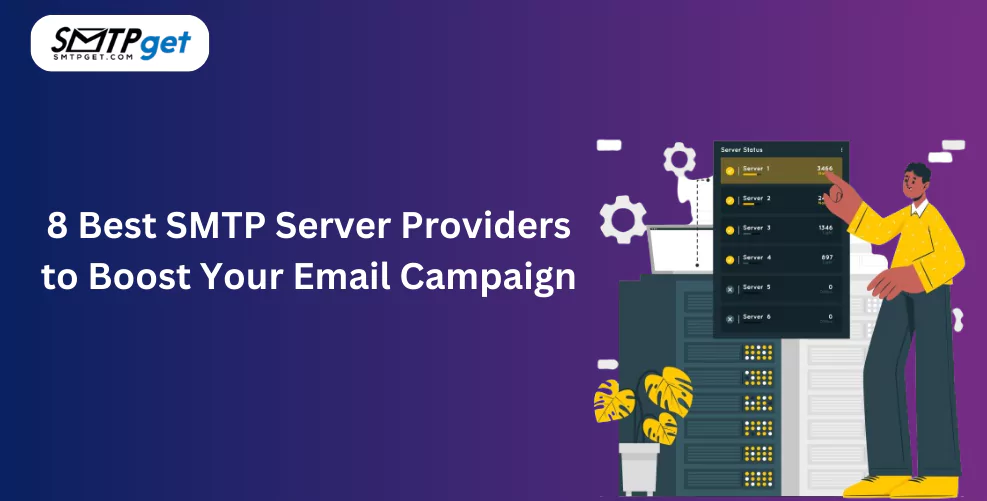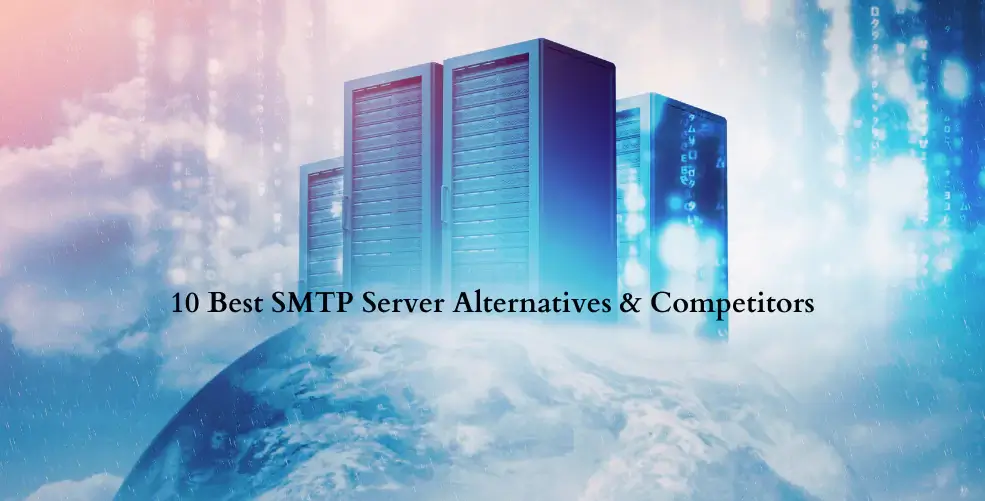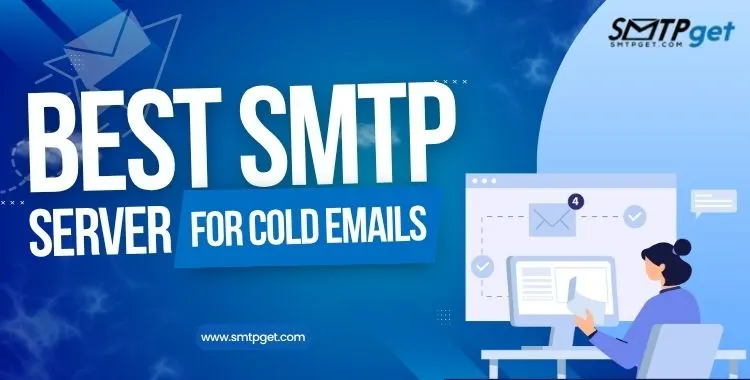Do you know that different types of emails can be sent depending on the situation? The two most commonly discussed types are cold emails vs warm emails. Understanding the difference between cold email vs warm email can help you choose the right approach for your goals.
If you’ve ever emailed someone who didn’t know you, that’s a cold email. On the other hand, if you’re sending an email to someone you’ve already met or interacted with before, it’s a warm email. But what exactly are cold and warm emails? When should you use them? And how can you make sure that your emails stand out and get the results you want?
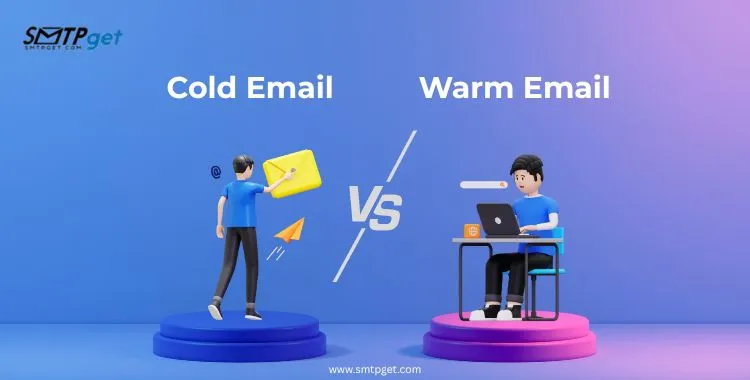
In this blog, I’ll discuss about cold emails and warm emails, exploring their differences, and how you can use them to achieve your email marketing goals.
What is a Cold Email?
A cold email is a message you send to someone who has never interacted with you before. You don’t have a previous relationship with them, and they have no idea who you are. This type of email is usually sent to introduce yourself or your business, hoping to grab their attention and get a response.
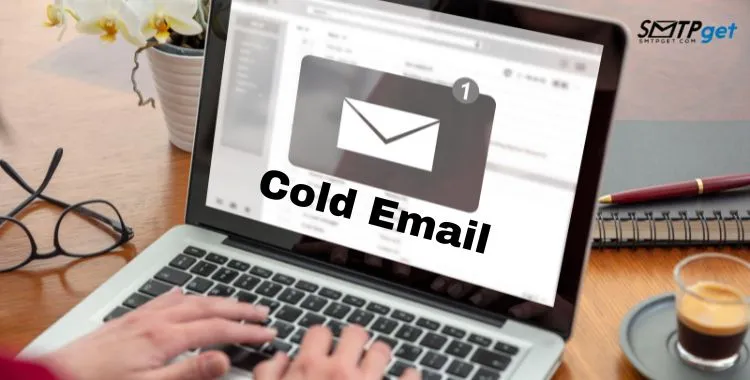
Think of it like going up to someone at a party and introducing yourself for the first time. You don’t know them, and they don’t know you. Your goal is to make a good first impression and get them interested enough to start a conversation.
Example of a cold email:
“Hi Jane,
I hope you’re doing well. I came across your company’s website and saw that you might be interested in increasing your website traffic. I help businesses grow their online presence through proven marketing strategies. Would you be interested in a quick call to discuss how we can help you grow your business?
Looking forward to hearing from you.”
Key Features of Cold Emails:
- No previous relationship: The recipient has never interacted with you before.
- Introduction: The main purpose is to introduce yourself, your business, or your product.
- Clear call to action (CTA): A good cold email will have a clear next step, such as scheduling a call or requesting a response.
- Short and to the point: Since the recipient doesn’t know you, cold emails need to be concise and straight to the point.
- Risk of being marked as spam: Cold emails can sometimes be mistaken for spam, especially if they are not personalized well enough.
What is a Warm Email?
A warm email is sent to someone who already knows you or has interacted with you in some way. For example, you might send a warm email to someone who has previously visited your website, signed up for your email list, or attended an event you hosted.

Warm emails are more personal and less formal compared to cold emails because you’ve already established some level of rapport or relationship with the recipient. The goal of a warm email is to continue the conversation or strengthen the relationship you have already started.
Example of a warm email:
“Hi Mark,
Thanks again for attending our recent webinar on SEO best practices. It was great having you there, and I hope you found the tips helpful. I wanted to share a free eBook with you that covers more advanced SEO techniques. I’d love to hear your thoughts on the webinar, and feel free to reach out if you have any questions!
Best regards,
Sarah”
Key Features of Warm Emails:
- Previous interaction: The recipient has already interacted with you, whether by attending an event, visiting your website, or signing up for your newsletter.
- More personalized: The email feels more personal and engaging because the recipient is familiar with you or your business.
- Goal is to build on the relationship: The main purpose is to continue or deepen the relationship.
- Higher response rates: Since the recipient already knows you, warm emails tend to get higher response rates than cold emails.
- Less risk of spam: Warm emails are less likely to be flagged as spam because the recipient recognizes your name or email address.
Cold Email vs Warm Email- Key Differences
Now that we know what cold and warm emails are, let’s take a look at how they differ from each other. Here’s a comparison table to help you understand the key differences:
| Factor | Cold Email | Warm Email |
| Audience | Sent to people who don’t know you | Sent to people who know you or your business |
| Purpose | To introduce yourself and your business | To build or strengthen the relationship |
| Tone | Formal and to the point | Friendly and conversational |
| Personalization | Limited personalization (just the name) | High personalization based on past interactions |
| Response Rate | Lower, since the recipient doesn’t know you | Higher, since the recipient recognizes you |
| Risk of Spam | High, if not personalized or written carefully | Low, since the recipient knows you |
| Best Time to Use | To find new customers or connections | To follow up, nurture leads, or continue conversations |
| Example | Selling a product or service to someone new | Thanking someone for a previous interaction or providing value |
When to Use Cold Email?
Cold emails can be a powerful tool if used correctly, but they should be used in the right situations. Here are some cases when you might want to send a cold email:
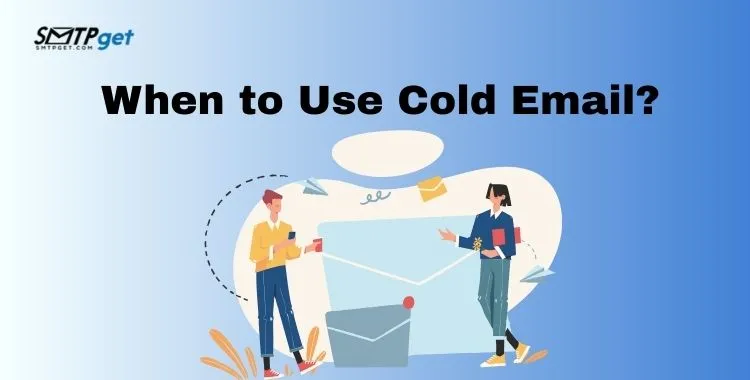
1. To Introduce Your Business to New People
If you’re just starting out and want to get the word out about your product or service, cold emails are a great way to introduce yourself to potential customers. You can target people who might be interested in what you offer, but who haven’t heard of your business yet.
2. To Build New Connections
Cold emailing is also useful for reaching out to potential partners or collaborators. For example, if you’re looking to partner with someone for a project or event, a cold email can help you make the first connection.
3. To Reach Potential Customers
If you’ve identified a group of people who might benefit from your product or service, cold emails can help you start the conversation. However, it’s important to make sure that your cold email is relevant and not spammy.
When to Use Warm Email?
Warm emails are ideal for situations where you’ve already had some interaction with the recipient, and you want to continue or strengthen the relationship. Here are some common scenarios where you should use warm emails:
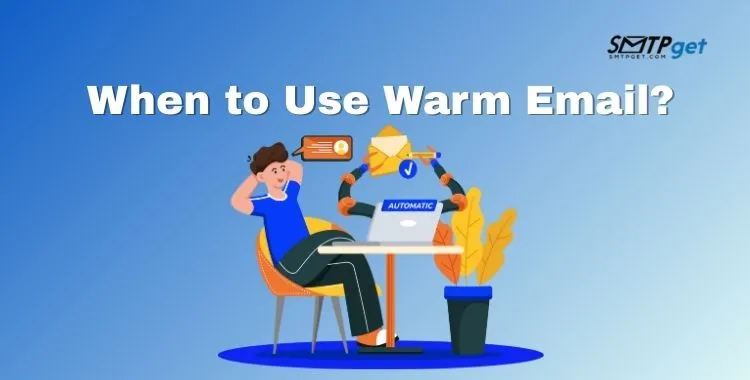
1. Following Up After a Meeting or Event
If you’ve met someone at an event or had a meeting with them, sending a warm email afterward can help keep the conversation going. It’s a great way to show that you value their time and want to continue building the relationship.
2. Nurturing Leads
If someone has shown interest in your product or service but hasn’t yet made a purchase, a warm email can help you stay on their radar. It could be a simple follow-up or a piece of helpful content to keep them engaged.
3. Providing Value to Existing Customers
Warm emails are also perfect for sending useful information to your existing customers. For example, you might send them helpful tips, a special offer, or an update about a new product or service. These emails help keep your customers happy and engaged with your brand.
How to Write Effective Cold Emails
Writing cold emails that get results isn’t easy, but it’s possible if you follow some important guidelines. Here are some tips to help you write effective cold emails:
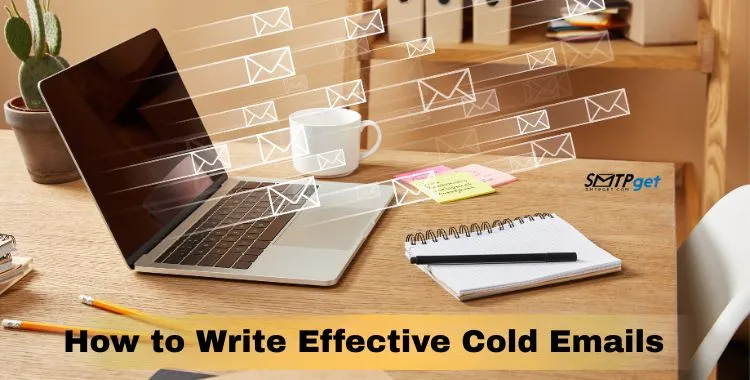
1. Personalize Your Emails
One of the main reasons cold emails end up in the spam folder is that they aren’t personalized. Always address the recipient by their name, and make sure your message is relevant to them.
2. Craft a Compelling Subject Line
The subject line is the first thing your recipient will see, so it needs to grab their attention. Make it catchy, but also clear about what the email is about.
3. Keep it Short and Sweet
People don’t have time to read long emails, so make sure your message is brief. Focus on what you want to achieve, and keep your language clear and to the point.
4. Include a Clear Call to Action (CTA)
Your cold email should have a clear next step for the recipient. Whether it’s scheduling a call, signing up for a webinar, or simply replying to your email, make sure the action is clear.
5. Be Respectful and Professional
Since the recipient doesn’t know you, be sure to be polite and professional. Avoid using overly casual language or being too pushy.
How to Write Effective Warm Emails
Warm emails are often easier to write because you already have some rapport with the recipient. Here are some tips to help you craft effective warm emails:
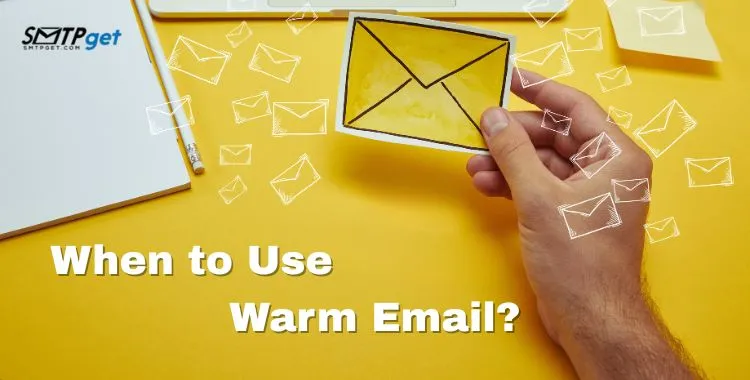
1. Start with a Friendly Greeting
Since the recipient knows you, you can be a bit more casual and friendly. Start with a personalized greeting to make the email feel more conversational.
2. Mention Your Past Interaction
Remind the recipient of how you know each other, whether it’s from a past meeting, a webinar, or an event. This helps to jog their memory and makes the email feel more personal.
3. Offer Value
In warm emails, you should always aim to provide value. Whether it’s sharing helpful information, offering a special deal, or simply staying in touch, make sure your email benefits the recipient in some way.
4. Ask for Feedback or Engagement
Since warm emails are often about nurturing relationships, don’t hesitate to ask for feedback or engagement. This could be a simple question or an invitation for a conversation.
5. Close with a Polite Ending
End the email with a polite closing. Since the recipient knows you, feel free to keep it friendly, but always be respectful.
Cold & Warm Email Service Providers
To send cold or warm emails in bulk, you need good email service providers. These providers give you tools to send emails, track performance, and avoid spam folders. Below are some trusted services for both cold emails and warm emails:
Cold Email Service Providers (for reaching new people)
- SMTPget
- iDealSMTP
- Lemlist
- Instantly.ai
- Smartlead
Warm Email Service Providers (for existing contacts)
- DigitalAka™
- MailerLite
- ConvertKit
- Sendinblue
- Moosend
Final Tip:
- Use cold email services when you want to connect with new people or generate leads.
- Use warm email services when you want to stay in touch with your existing audience or customers.
- Service Providers like SMTPget, iDealSMTP, and DigitalAka™ give you both flexibility and control for email marketing success.
Conclusion
Both cold emails and warm emails have their place in email marketing, and understanding the difference between them is key to getting the best results. Cold emails are great for reaching out to new people and making introductions, while warm emails are perfect for continuing and strengthening relationships with people who already know you. When comparing cold email vs warm email, it’s important to know which one suits your current goal.
By following the tips in this guide and choosing the right type of email for the right situation, you can improve your chances of getting a response and building meaningful connections.
So, whether you’re sending a cold email to a potential client or following up with someone you met at a conference, remember that personalization, clarity, and value are the keys to success.


